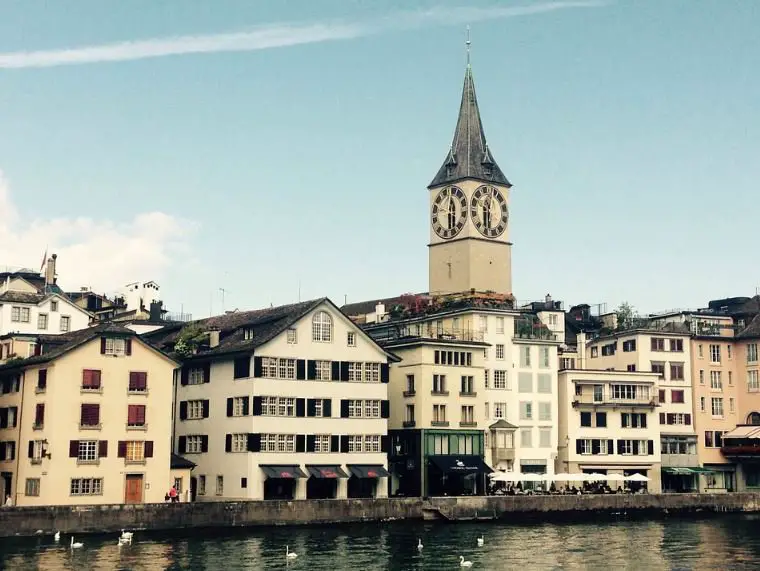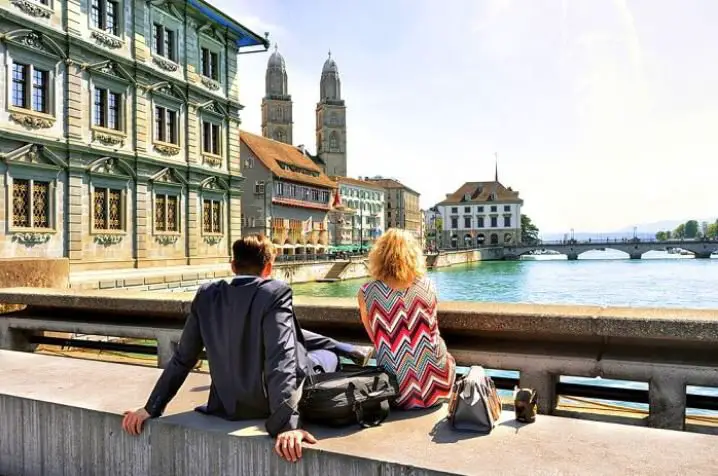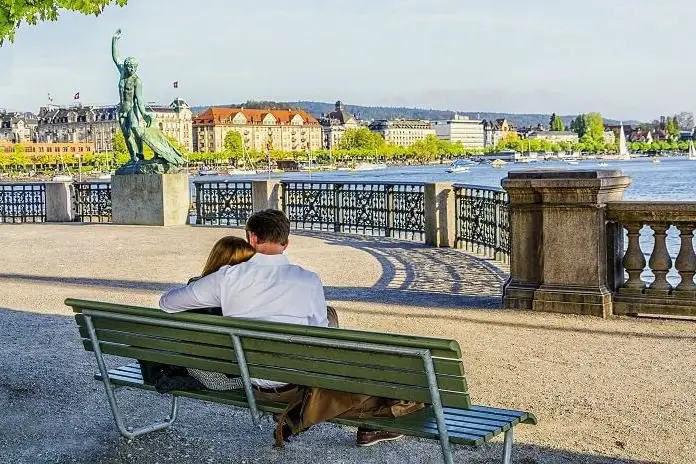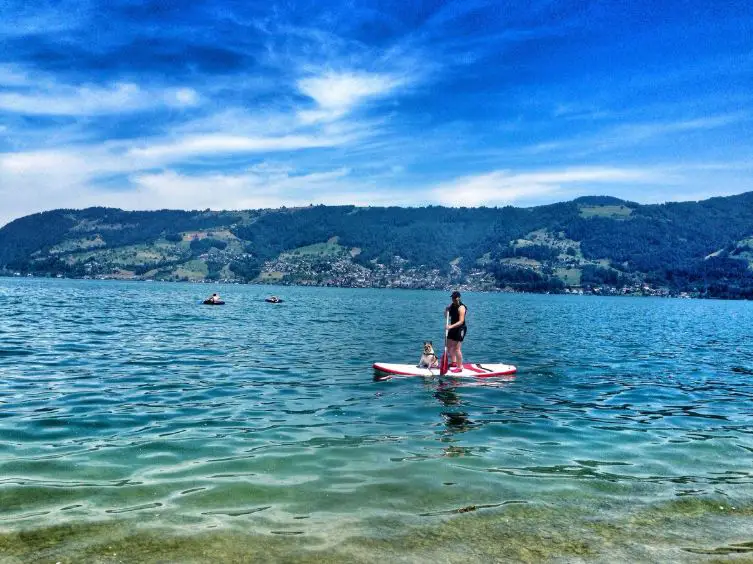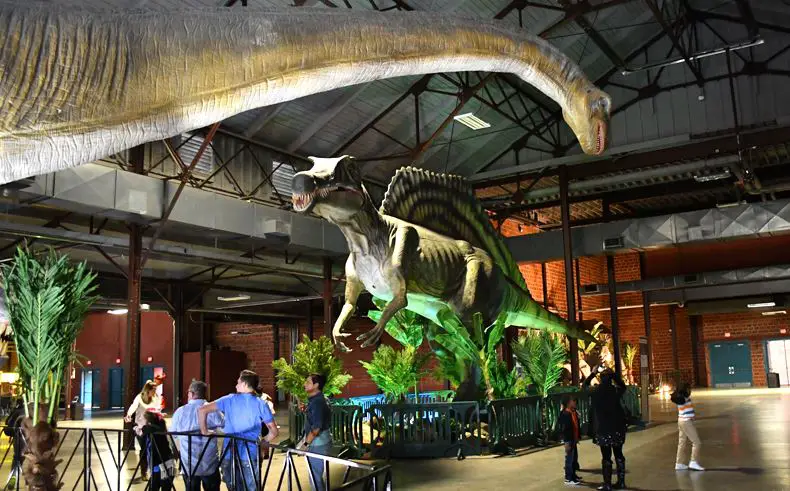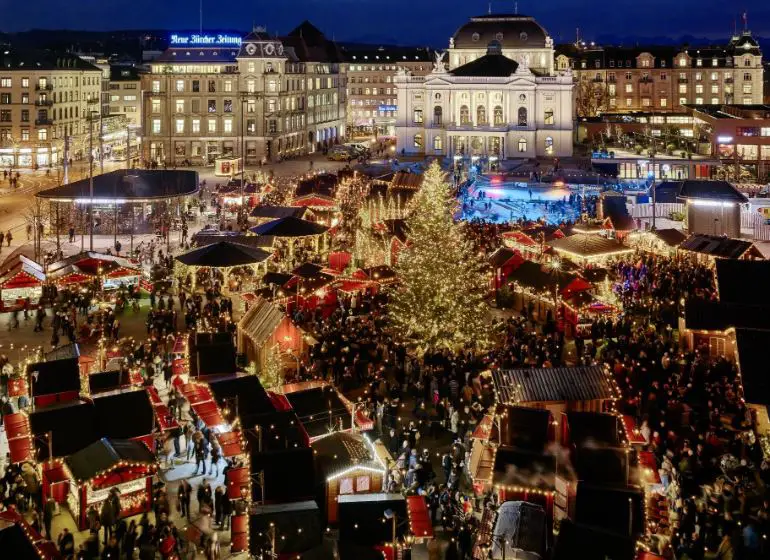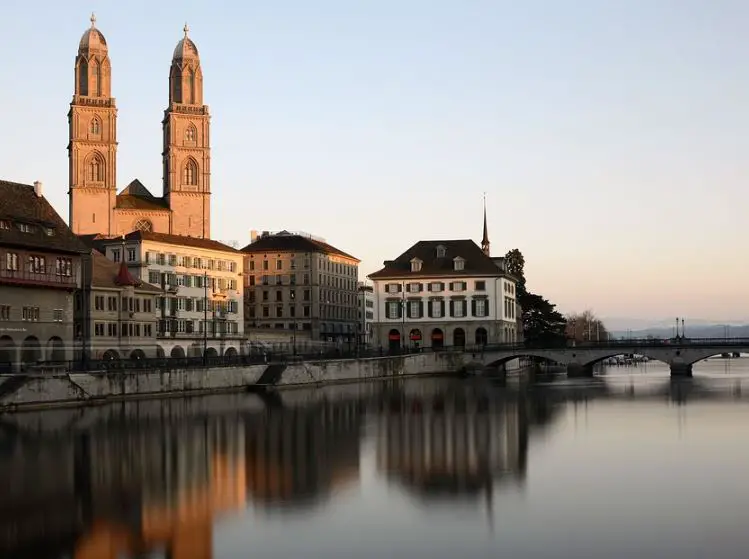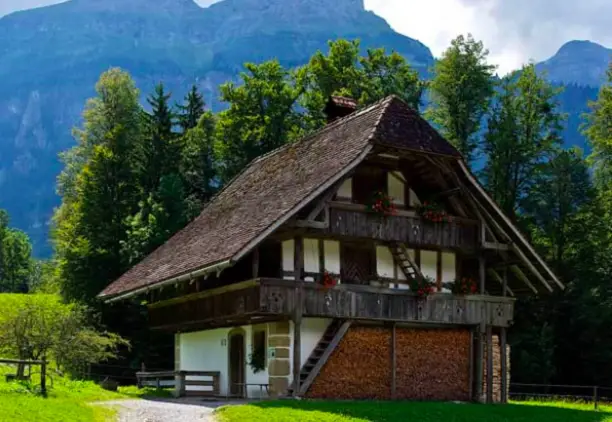Can I explore Swiss cultural diversity and languages?
Post ByAdequate Travel
Summary
Yes! Exploring Swiss cultural diversity and languages is a fantastic way to travel and to learn more about the different Swiss cultures. From its small-town villages to its vibrant metropolises, Switzerland is a country full of diverse people with unique customs and traditions. With four official languages, visitors can learn about the country’s multilingual heritage, as well as its traditional cuisine, folk customs and music. With so much to explore, there’s something for everyone!Exploring Swiss Cultural Diversity and Languages
Switzerland is renowned for its rich cultural diversity and the presence of multiple languages. Let's delve into this fascinating aspect of Swiss society:
Diversity in Switzerland
1. Geographical Diversity: Switzerland is divided into various regions, each having its own distinct cultural characteristics. The diverse landscapes, including mountains, lakes, and valleys, contribute to unique cultural identities across the country.
2. Ethnical Diversity: While Swiss-Germans represent the majority, there are significant populations of Swiss-French, Swiss-Italians, and Swiss-Romansh people. These different ethnic groups bring diverse traditions, customs, and perspectives to the country.
3. Cultural Festivals: Swiss cultural diversity is celebrated through various festivals and events held throughout the year. For example, Fête de l'Escalade in Geneva, Zibelemärit in Bern, and the Lucerne Carnival highlight distinct cultural traditions in different regions.
Languages in Switzerland
1. Swiss-German: The most widely spoken language in Switzerland is a variant of German known as Swiss-German. It is predominantly spoken in the central and eastern parts of the country.
2. Swiss-French: French is the second most prevalent language, primarily spoken in the western region of Switzerland, including cities like Geneva, Lausanne, and Neuchâtel.
3. Swiss-Italian: Italian is spoken in the southern part of Switzerland, notably in the canton of Ticino and regions surrounding the Italian border.
4. Swiss-Romansh: Romansh is a lesser-known language spoken by a small population, mainly in the southeastern part of Switzerland.
Language Influence
1. Multilingualism: Most Swiss citizens are bilingual or even trilingual, proficient in at least two of the country's main languages due to language education and daily exposure.
2. Language Zones: Switzerland is divided into language zones, promoting the use and preservation of different languages. Each region conducts education, media, and official interactions in the respective language.
3. Language Switching: It is not uncommon to witness language switching within conversations in Switzerland. People effortlessly switch between languages depending on the context or the language preference of the individuals involved.
In conclusion, Swiss cultural diversity and languages play a significant role in shaping the country's identity. The coexistence of different ethnicities and languages adds vibrancy and unique cultural flavors to Switzerland.It's essential to stay updated with international travel information, especially when planning a foreign trip, to navigate any changes in travel advisory or travel warnings.Suggested Questions
- Château de La Roche, La Roche: Horror Story, History & Paranomial Activities
- Château de Uvrier, Uvrier: Horror Story, History & Paranomial Activities
- Château de Valeyres-sous-Rances, Valeyres-sous-Rances: Horror Story, History & Paranomial Activities
- Château de Bevaix, Bevaix: Horror Story, History & Paranomial Activities
- St. Ursanne, St. Ursanne: Horror Story, History & Paranomial Activities
- Montebello Castle, Bellinzona: Horror Story, History & Paranomial Activities

